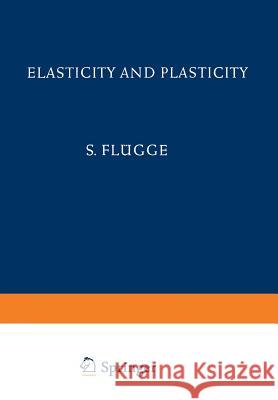Elasticity and Plasticity / Elastizität Und Plastizität » książka
topmenu
Elasticity and Plasticity / Elastizität Und Plastizität
ISBN-13: 9783642458897 / Angielski / Miękka / 2012 / 642 str.
Kategorie:
Kategorie BISAC:
Wydawca:
Springer
Seria wydawnicza:
Język:
Angielski
ISBN-13:
9783642458897
Rok wydania:
2012
Wydanie:
Softcover Repri
Numer serii:
000403546
Ilość stron:
642
Waga:
1.01 kg
Wymiary:
24.41 x 16.99 x 3.33
Oprawa:
Miękka
Wolumenów:
01
Dodatkowe informacje:
Bibliografia
Wydanie ilustrowane
Wydanie ilustrowane











